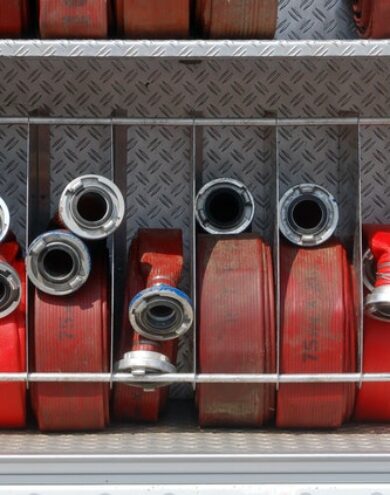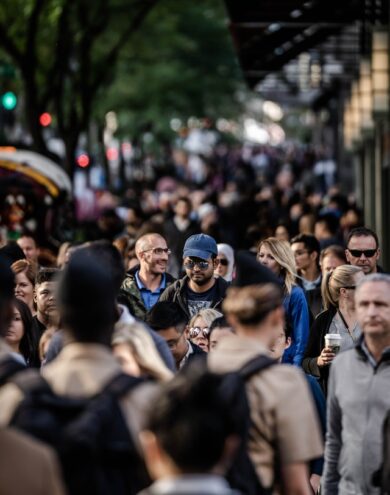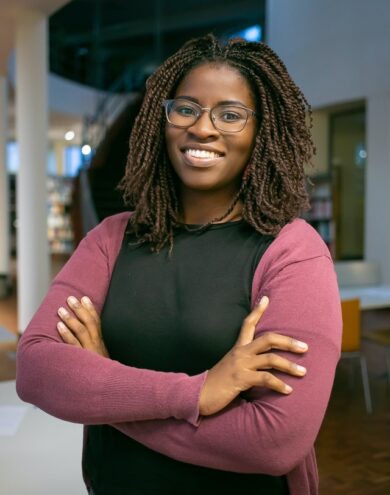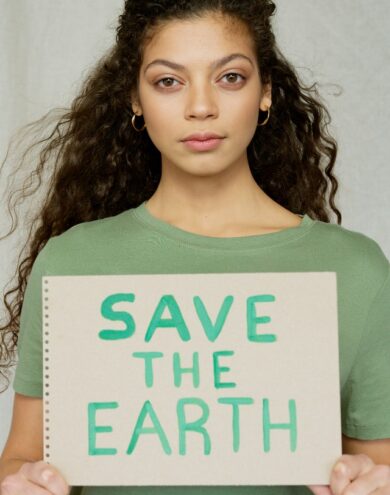Fremont
Fremont, a city in Alameda County, California, is part of the Bay Area’s East Bay region. After San Jose, San Francisco, and Oakland, Fremont is the fourth most populous city in the Bay Area. It has a strong tech industry presence and is the closest East Bay city to the high-tech Silicon Valley network of enterprises.
What exactly is a microgrid?
A microgrid is a self-contained power system that supplies electricity to a specific geographic area, such as a college campus, medical complex, shopping mall, or neighbourhood.
One or more types of distributed energy (solar panels, wind turbines, cogeneration, generators) are used to generate electricity within microgrids. Furthermore, many new microgrids have energy accumulators, which are often batteries. Electric vehicle charging stations are also available.
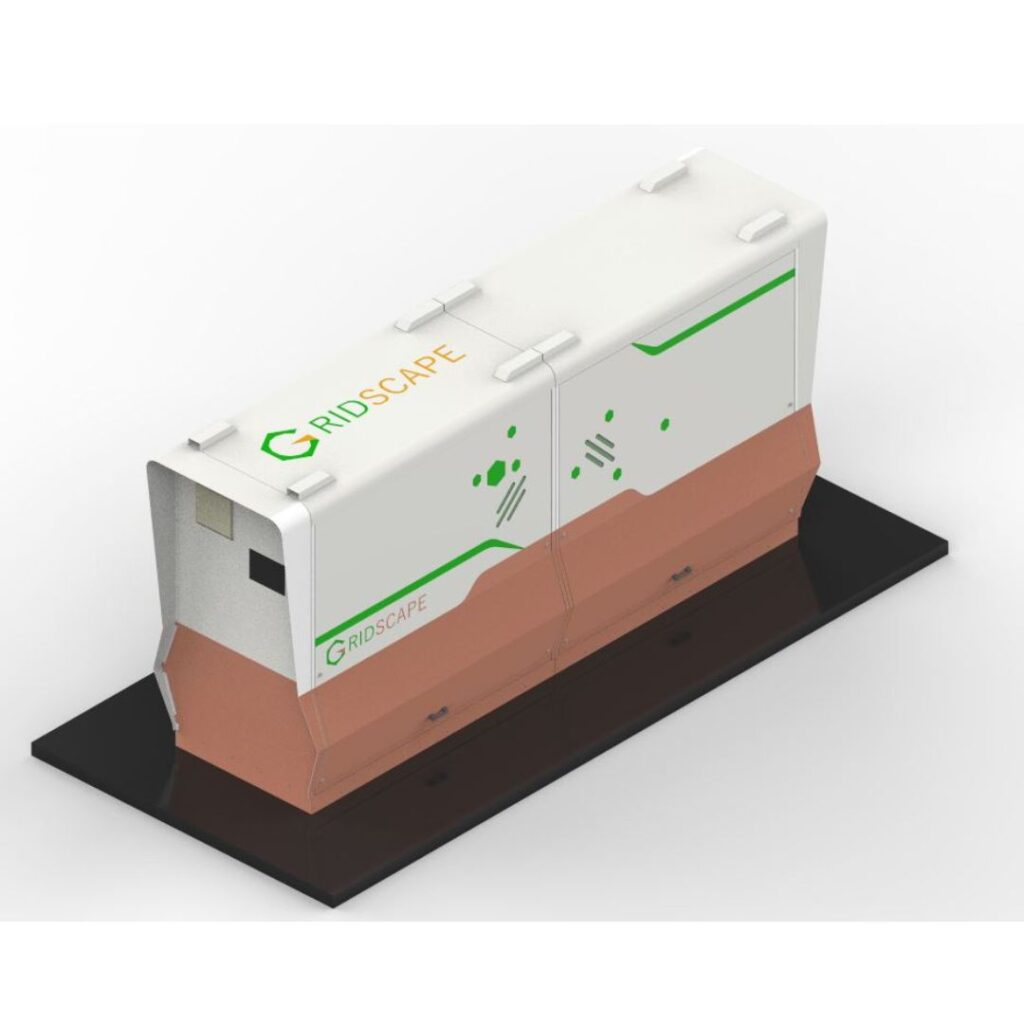

About Gridscape
Gridscape is a leading innovative energy solutions company specializing in developing and implementing standardized innovative products and solutions for Microgrid and EV charging systems. Our solutions provide energy savings, operational efficiency and enable our customers to save energy, operate efficiently and achieve sustainable development goals.
Gridscape EnergyScopeTM Dashboards
Inherently Integrated with EV charging infrastructure.
Full Energy Management including demand charge reduction, TOU arbitrage, grid services, interconnected network of microgrids.

The Project
Gridscape partnered with the city of Fremont, Delta Products, Sun Light and Power, Microgrid Energy, and PG&E to design and deploy solar renewable microgrids at three fire stations in the city of Fremont.
The Energy Commission EPIC funding provided 75% of the capital investment for this project. Gridscape invested the remaining 25% of the capital investment as match funding. The City of Fremont did not want to own, operate, and maintain the systems and hence, it signed a Power Purchase Agreement (PPA)/Energy Savings agreement with Gridscape Solutions to own and operate the microgrids for a minimum of 10 years for continued energy savings and clean energy benefits for the city.

Why should a city choose Microgrid?
1
A large city like Fremont, which is highly populated and includes critical facilities like fire stations, need to have power supply 24×7 to keep various facilities running since they are critical community resources.
2
A microgrid also helps cities and neighbourhoods in cost savings since cities are always working under strict budgets.
3
Additionally, cities have to meet their climate action plan and must a set positive example.
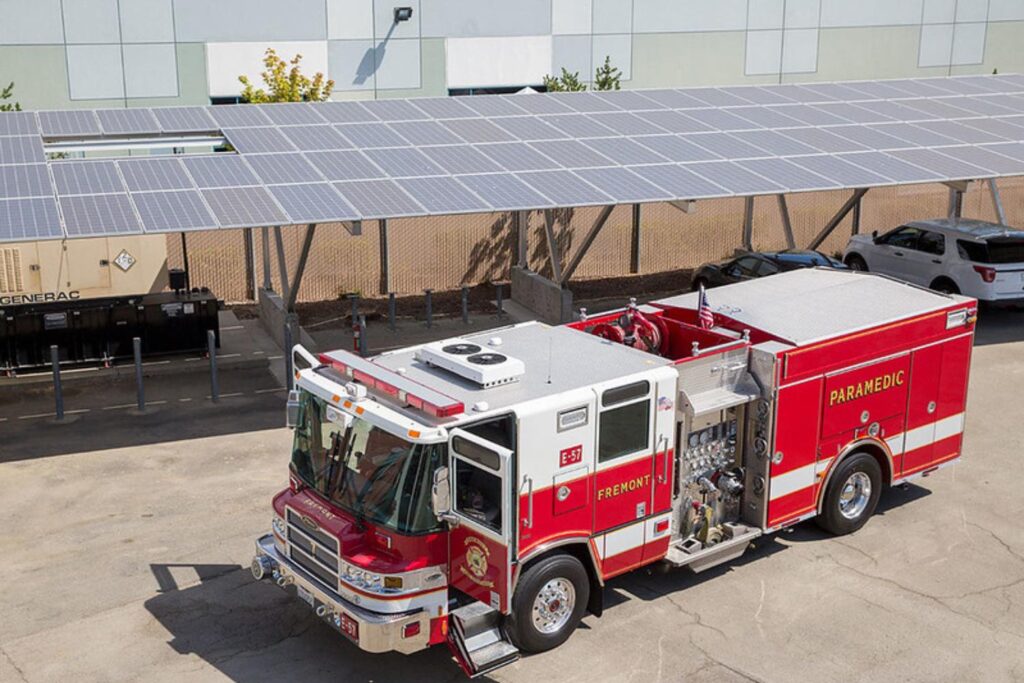
The Plan
The project team selected three fire stations as demonstration sites based on key criteria: geographic diversity, energy usage, building age, minimal disruption to operations, replicability, and accessibility for research. It was decided to begin with Fire Station 11, allowing lessons learned—particularly around cost and technology performance—to inform the rollout at the other two sites.
Gridscape carried out 12 months of rigorous testing and data collection at Station 11, followed by another 4–6 months at the remaining two. This phased approach ensured improvements could be built into each deployment. The testing validated that the project met its technical and performance goals. In parallel, Gridscape undertook detailed system design and prototyping to select the right components, ensuring the microgrids were optimized for performance, cost-efficiency, and long-term reliability.
A Technical Advisory Committee (TAC) was formed to advise the project team and to ensure it made the right design choices to meet important technology, cost and performance attributes of the system. The TAC team constantly advised the project team on short-term project objectives, as well as long term market traction of these systems during the course of the project.

Design
The project will be based on following figure system integration architecture for Gridscape projects with minor modifications/alterations.

Results
The project was completed in four years and yielded better than expected results. First and foremost, the project team was able to exceed the anticipated results by a factor of 25% across all metrics, as summarized below.
The project has saved $7,046 in energy costs over the 12-month demonstration period at Fire Station 11 and is expected to save more than $30,000 a year collectively over all three fire stations, and over $300,000 over a 10-year period. This result is 25% better than original expectation.
The project team executed 4 islanding tests during the demonstration period. Each test lasted more than three hours consistently. The last islanding test lasted for more than 13 hours. The original goal was to demonstrate at least three hours of islanding
The project has also met the GHG emissions reduction goal of 80,000 lbs/year during the demonstration period. This achievement helped the City of Fremont meet its climate action plan objectives as well.
The project team was able to achieve a technology cost reduction of more than 30% from the first microgrid at Fire Station 11 to the remaining two at Fire Stations 6 and 7, by adopting value-engineering and cost optimization measures.
The project also supported the design and development of a microgrid controller and a cloud-based advanced visualization, control and management platform as shown in Figure 2 for distributed energy resources for small to medium critical facilities and C&I market spaces.
The project paved a way for Gridscape to commercialize the technology and solutions developed for mass market adoption and proliferation in the small to medium municipal and C&I market segments in California and beyond. Gridscape is now deploying several microgrids at critical facilities and various C&I customers.
Other Project Details
The following is a partial list of the solar microgrid projects deployed or in the process of being deployed by Gridscape in 2021.

Other Project Details
The following is a partial list of the solar microgrid projects deployed or in the process of being deployed by Gridscape in 2021


